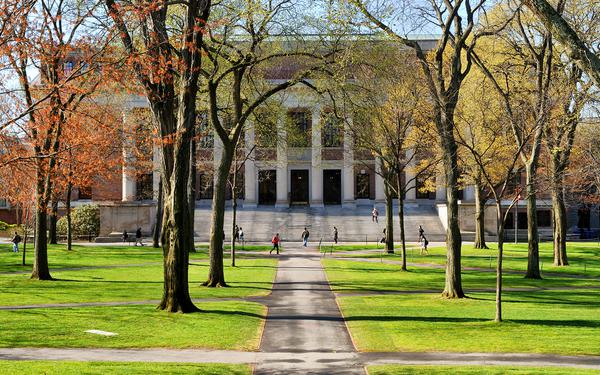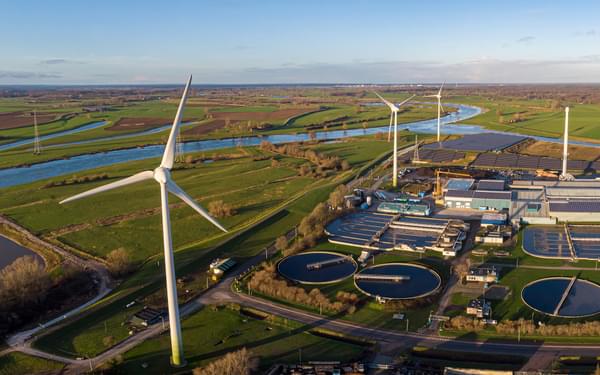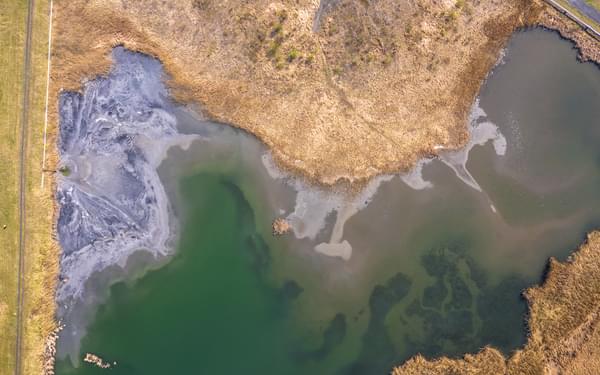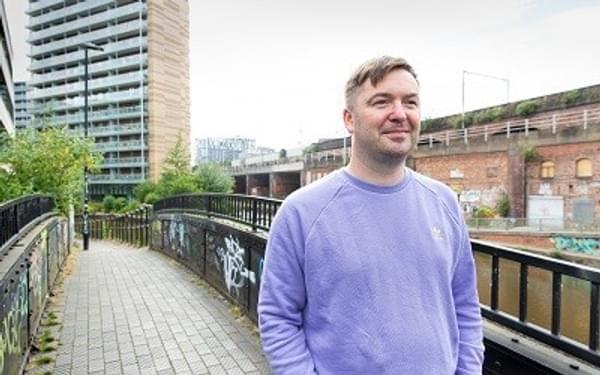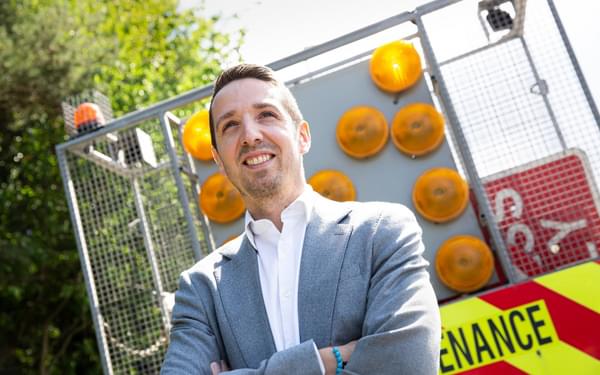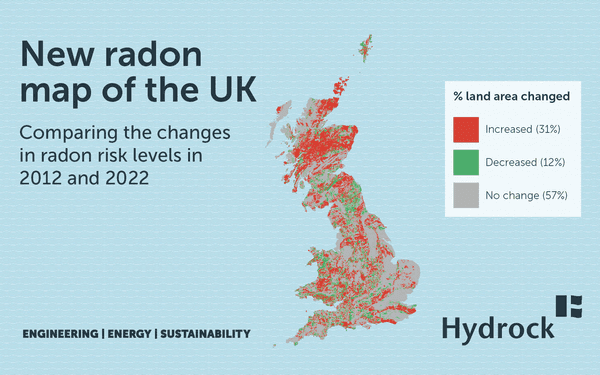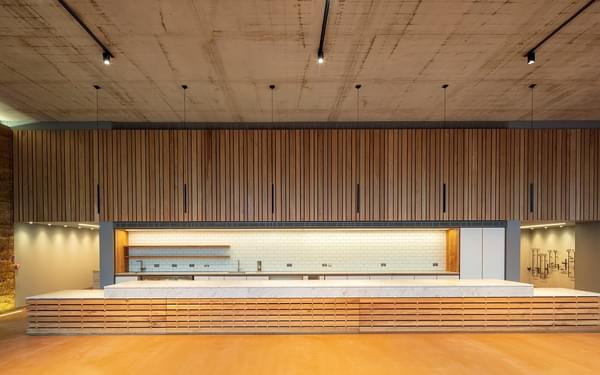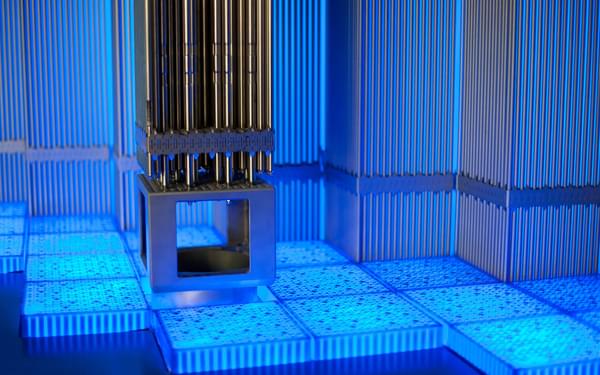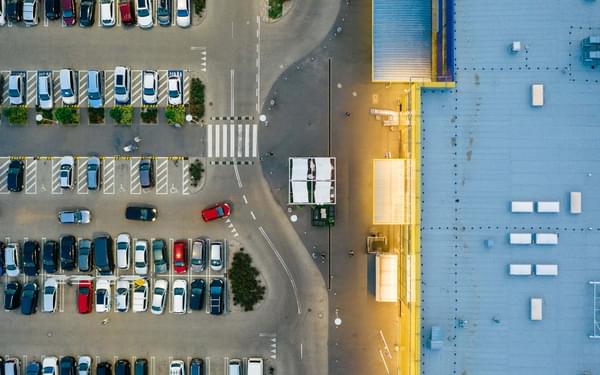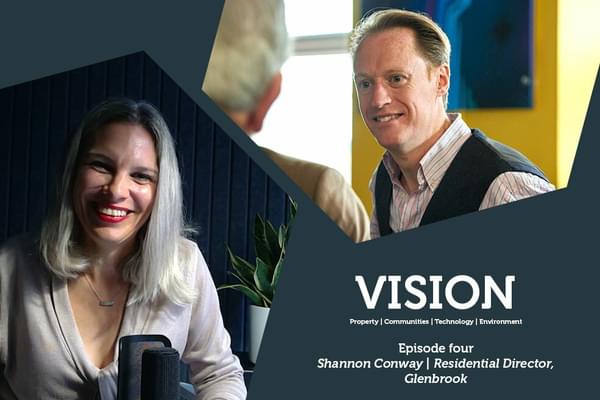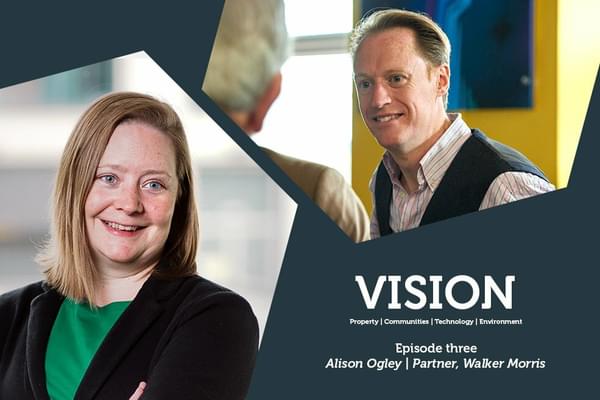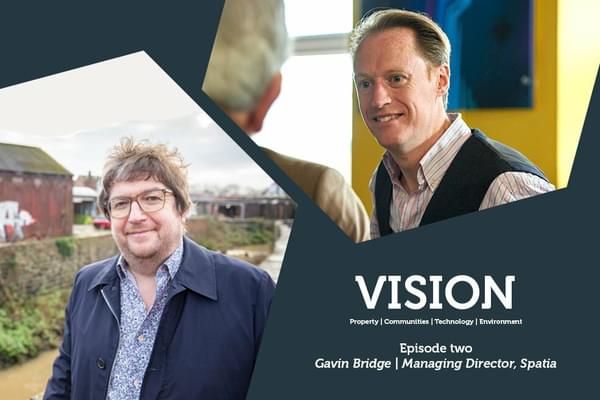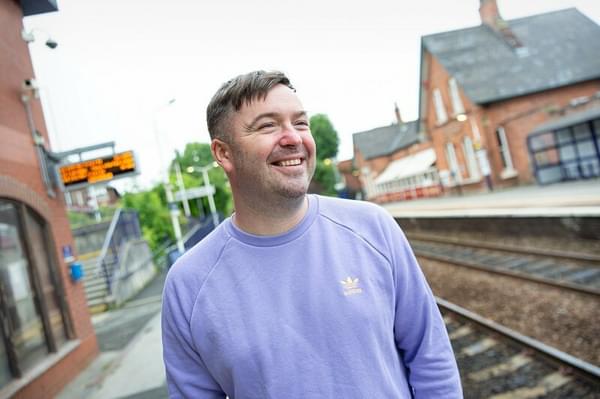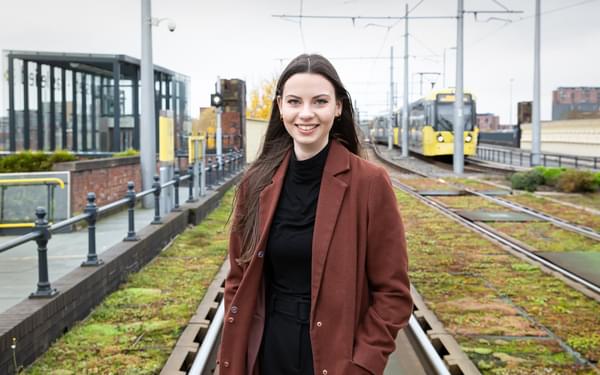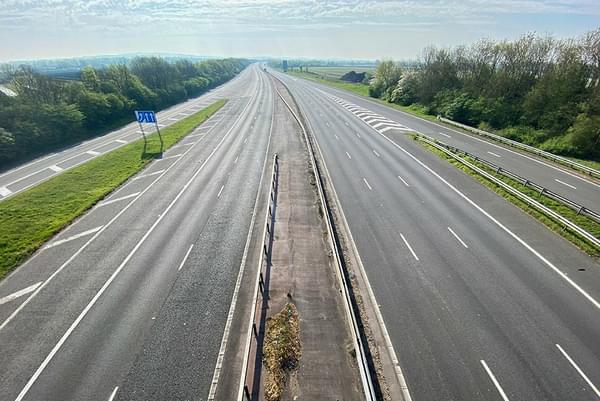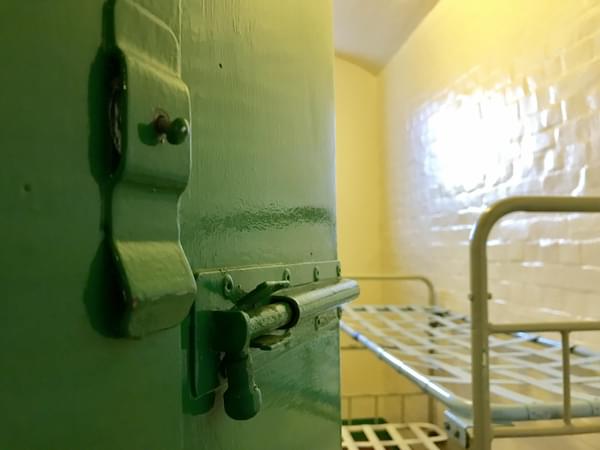Back to Articles
How to use energy grid queue management reforms to get connected
Leah Holmes \ 22nd Oct 2024
A shake-up of the process used to connect developments to the UK grid is just around the corner, offering those that are seeking a connection with a legitimate, 'shovel-ready' project a chance to take a place in the queue from another that risks not meeting its strict milestones.
Right now, the National Energy System Operator (NESO) operates a ‘first-come, first-served’ approach to grid connections. This has led to a situation where it's possible for a project that has stalled or is merely speculative to have secured a connection agreement and an imminent connection date. Meanwhile, new projects must join the back of the queue and could be waiting decades for power, even if they're capable of quickly becoming operational.
In 2025, NESO is expected to replace this way of connecting to the grid with a two-stage ‘gated’ grid queue management process, enabling it to instead prioritise projects that are ‘shovel-ready’ - currently thought to mean those that have the necessary land rights and planning applications in place.
The reforms - officially called TMO4+ (Target Model Option 4+), whereby Gate 1 provides a connection offer with an indicative connection date and connection point, and Gate 2 determines the queue position and confirms a connection date and connection point - are much-needed if the UK is to continue the energy transition and meet its net zero targets. Demand for projects that require direct transmission connections is rising - be they hyperscale data centres that need consistent connections upwards of 100MW, or renewable energy projects like onshore wind farms - not to mention the large proportion of distribution connections that are subject to transmission-level works being undertaken (as many as 40% in the North East).
This is all happening after NESO was formed in October 2024 as a publicly-owned body, meaning that for the first time the UK has a single organisation managing its energy system and taking a whole-system approach. The aim is to have an independent, impartial voice on energy system management that can balance the needs of the nation and ensure optimal outcomes for energy consumers.

NESO’s new ‘first ready, first served’ approach to electricity grid connections.
Trading places
In a world where an electricity grid connection is as valuable as having land to build on, these changes have turned the heads of developers and asset managers in and outside of the queue. Those with a connection agreement they can't make use of have realised they have a prized asset, and those that can use it are willing to pay for a favourable timeline.
NESO is supportive of its connection agreements being novated in this way. As Fintan Slye, Director of NESO, said at the time: “We will be uncompromising in our approach to driving out and pushing back projects that cannot meet their connection date, paving the way for more viable projects that have a real chance of plugging into the grid, energising the UK economy.”
It therefore becomes a question of developers finding the right projects in the queue to approach about their willingness to sell their agreement, and then negotiating a deal. However, the emphasis is on the 'right' projects - developers need to have access to the necessary data, skills and knowledge regarding the incumbent agreement, the technical details of the connection, the grid and the connections process to ensure that the power offering is suitable for their needs, and to get a deal across the line.

Time is of the essence
UPDATE: On 15 January 2025, NESO announced that it was pausing all new connection applications to the transmission network from 29 January 2025 until the connections reform is implemented or Ofgem states that is it not proceeding with the reforms (whichever happens first). There are a few exceptions, including applications for large demand-only projects, which will continue to be accepted until 21 March 2025, and delivery-critical modified applications for customers connecting before the end of 2026, which have no deadline. Further details about exceptions are expected before 29 January.

Image courtesy: NESO
These conversations are already happening. In order to capitalise on this opportunity, developers should consider the following:
1. Meeting the Gate 2 requirements
While it isn't necessary for developers to have met all of the Gate 2 requirements before they start approaching agreement-holders, they must be confident in their ability to do so before NESO reviews their case.
In April 2024, NESO said: "Our current position for Gate 2 criteria is that they will include requirements regarding: i) having secured land rights for the proposed location; and ii) dates for submission of applications for planning consent. These criteria will continue to be developed through the code modification process. Projects may also be deemed by the ESO to have met Gate 2 where they meet specific strategic criteria.
"Following Gate 2, projects will be required to continue to demonstrate their progress via the Queue Management process … We are also considering use of financial instruments at Gate 1 and Gate 2 …"
2. Using data to choose locations
Data-driven optioneering is the best way for landowners and developers to strategically decide which locations they should be prioritising for their next projects. Without up-to-date information about ongoing grid developments and pipeline projects, they risk facing further delays, hurdles and costs. Importantly, searches need to be carefully calibrated to their specific needs to ensure a good match.
3. Approaching agreement-holders
NESO's connection agreements are detailed, technical, and include niche references to policies, standards, technical assumptions and financial arrangements within a number of appendices. If they are unfamiliar, these can be a minefield to review, navigate and trust.
Developers need to take advice from a technical expert who is well-versed in grid connections and electrical engineering, and should negotiate any deals through an agent or solicitor - a key combination of those who can assess the suitability of the agreement from a contractual, commercial and technical perspective, advise on what actions will be required to satisfy NESO, and consult on the likely scenarios and implications, as well as negotiating a fair price and heads of terms.
For example, the connection must be suitable technically, but it might be possible for a developer to amend the contract and still keep their position in the queue. In this case, they might make the deal contingent on the ultimate connection date being reconfirmed.
4. Making space for renewables
Developers should also consider the role of renewable energy generation and storage 'behind-the-meter' alongside connecting to the grid - to help expedite their connection by reducing the demand, and to support the environment and local community. While the right mix will depend on the specific details of the scheme, this typically combines solar PV and storage. We are also increasingly helping projects to connect to local renewable generation schemes to supply power via a private wire power purchase agreement (PPA).
Leah Holmes, Associate Director of Smart Energy and Sustainability at Hydrock, now Stantec, says:
“This change opens up lots of doors for customers who have projects ready to go, or who can move quickly, but are hamstrung by their date for connecting to the grid being more than a decade away. We're currently working with a client to identify and acquire a suitable 200MW connection from the existing queue that could see their project up and running as soon as 2028, and there are going to be plenty more opportunities to accelerate grid connections for shovel-ready projects when these changes come into force in 2025.”
Want to learn more about maximising your project's potential under the new grid connection rules? Our industry-leading team combines experts in utilities, transmission and distribution, the great grid upgrade and smart energy solutions, with deep sector specialisms including in data centres and renewables.






